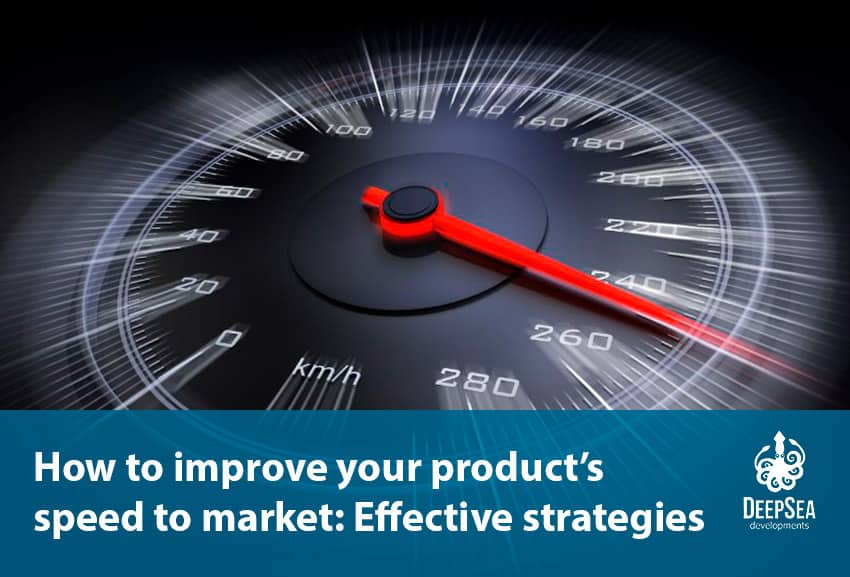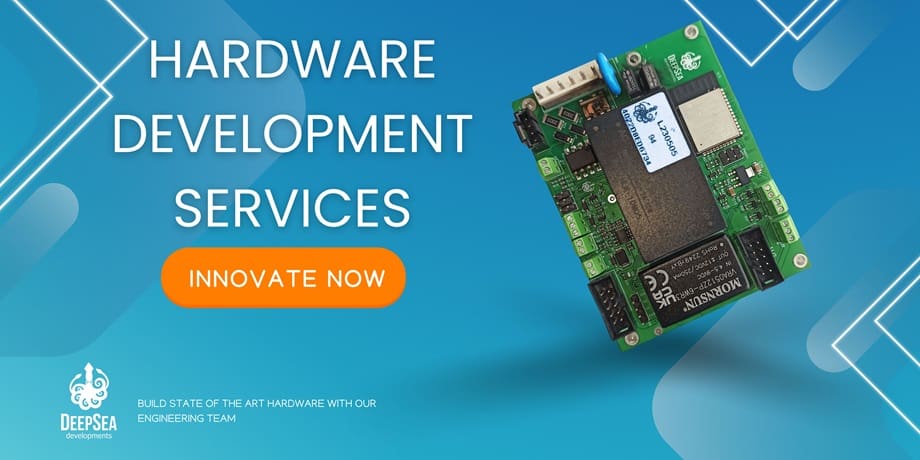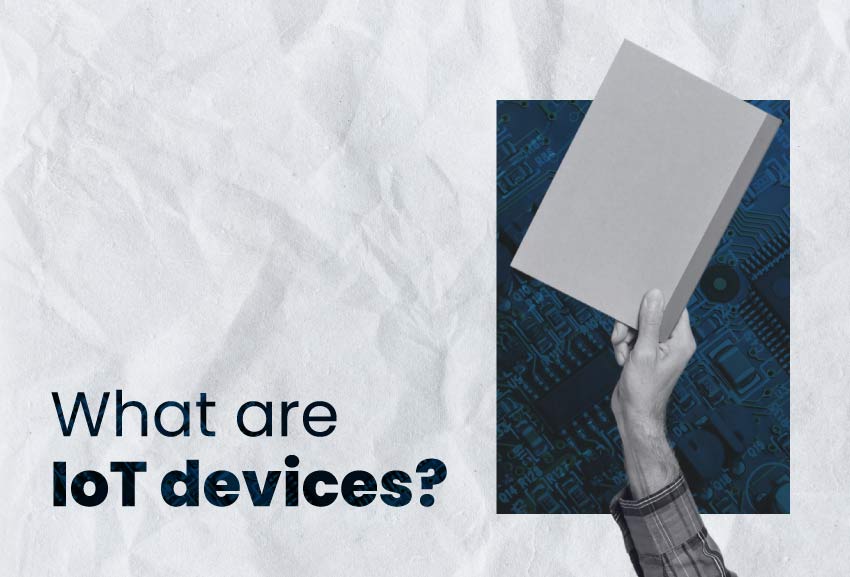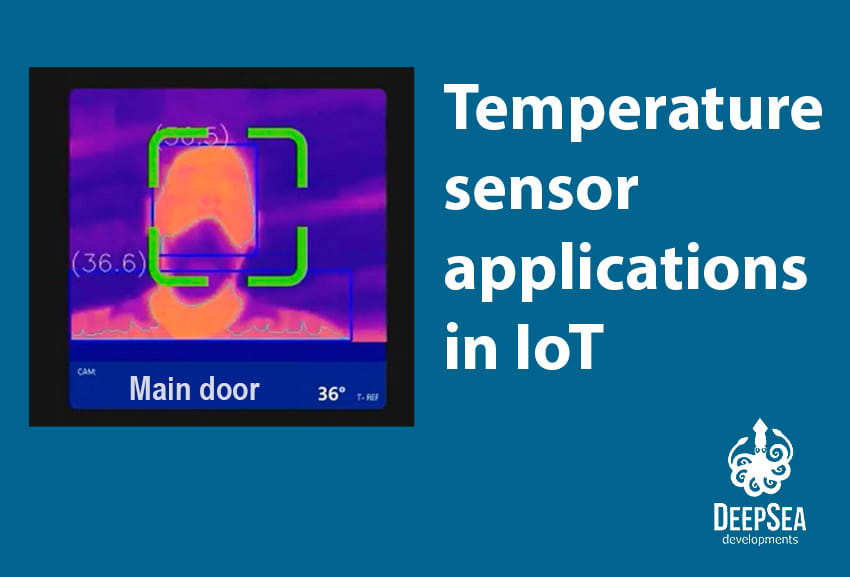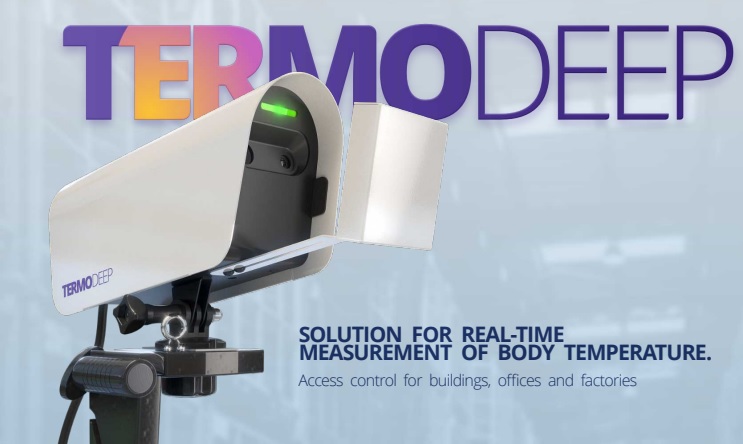Time is crucial when it comes to bringing a product to market. Why? Because entrepreneurs and inventors face fierce competition and ever-changing consumer demands (see why is IoT important), making speed to market a critical factor in their success. But how can you ensure your product reaches customers quickly and efficiently? In this comprehensive guide, that comes from years of helping several customers to build and produce their devices, we’ll explore original and effective strategies to improve your product’s speed to market.
What is the meaning of speed to market?
Speed to market refers to how quickly a product or service is developed, produced, and introduced to consumers in a market. It’s a crucial factor for businesses, enabling them to capitalize on opportunities and respond quickly to market demands. It involves minimizing development time and streamlining processes to ensure timely delivery to consumers.
Why is speed to market important?
Time to market is crucial for businesses which face rapidly evolving consumer preferences, and emerging technologies. Competitive pressures demand that companies deliver products to market quickly. By accelerating the time it takes to launch a product, businesses can gain a competitive edge, capitalize on market opportunities, and capture the attention of early adopters.
How to improve your speed to market
1.Streamlined design and development process:
One of the most effective ways to speed up your product’s journey to market is by optimizing your design and development process. Invest in agile methodologies, rapid prototyping techniques, and collaborative tools to streamline workflows and minimize delays. On the other hand, you could look for an engineering team that provides reliable hardware development service, and that perfectly aligns with your needs.
2. Cross-functional collaboration:
We are in an era where time to market is necessary to ensure a better performance in a specific industry. This is why collaboration gains protagonism. Try to connect different areas such as design, engineering, marketing, and supply chain management.
What is the key in this strategy? To encourage open communication, which will bring the best out of people. Share goals with everyone; the team will know where they are heading and work towards that. And foster a culture of innovation to accelerate decision-making and problem-solving; Not working on this will be fatal, and it explains why IoT projects fail.
3. Lean manufacturing principles:
Embrace lean manufacturing principles to eliminate waste, reduce production lead times, and enhance operational efficiency. Implement just-in-time inventory management, continuous improvement practices, and flexible production processes to respond swiftly to market demands.
4. Supplier partnerships and relationships:
Cultivate strong partnerships with suppliers and vendors to ensure a reliable and efficient supply chain. Work closely with trusted partners to optimize sourcing, procurement, and logistics, minimizing disruptions and delays.
5. Early market validation:
Conduct thorough market research and validation early in the product development process to identify market needs, validate product-market fit, and mitigate risks. Leverage lean startup methodologies, MVP testing, and customer feedback loops to iterate quickly and make informed decisions.
A well planned IoT marketing strategy will be crucial to ensure your product’s speed to market success.
6. Strategic outsourcing:
Product development outsourcing may be considered if you need to delegate specialized tasks to third-party experts, accelerating development timelines and reducing overhead costs. Partner with reputable firms for design, manufacturing, distribution, and other critical activities to leverage their expertise and resources. For instance, DeepSea Developments has expertise in remote teams, and this is a great strategy for time and cost optimization.
7. Regulatory compliance planning:
Anticipate regulatory requirements and compliance standards early in the development process to avoid costly delays and setbacks (see challenges of product development). A remarkable hardware product management process will help you to anticipate any obstacles and stay informed about industry regulations, engage with regulatory bodies, and proactively address compliance issues to ensure a smooth path to market.
8. Digital marketing and pre-launch campaigns:
Leverage digital marketing channels and pre-launch campaigns to generate buzz, build anticipation, and create demand for your product before it hits the market, check this information to get great ideas:
- First IoT device
- Crowdfunding product prototyping
- How to develop new products
- Product prototype example
Use social media, email marketing, influencer partnerships, and content marketing to reach your target audience and drive early sales. This is something that entrepreneurs sometimes overlook, and they end up missing out on a great opportunity to market their product fast.
9. Iterative product development:
Adopt an iterative approach to product development, focusing on delivering incremental improvements and updates based on real-time feedback and market insights. Embrace agility, flexibility, and continuous learning to adapt to changing customer needs and market dynamics.
10. Post-launch optimization:
It is not only important to care about speed to market, but also, you need to continuously monitor and optimize your product’s performance post-launch to ensure ongoing success and market relevance.
The recommendation here is to collect data, analyze metrics, gather customer feedback, and iterate on features, pricing, and marketing strategies to maximize your product’s impact and longevity.
Will you work on speed to market?
We hope you can follow the recommendations here to boost the launch of your product in the market. If you need help, we are experts in delivering fast results with the design and development of hardware products and IoT solutions; in fact, one of our values is Time to Market. Click on the button below to book a free consultation with our team, and we will help you out.

